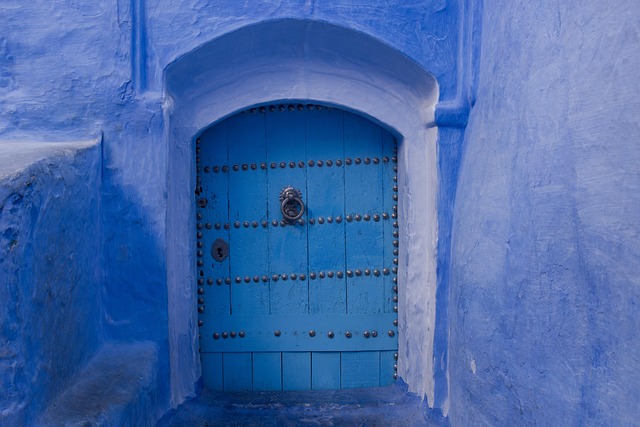The concept of a sanctuary entrance transcends the mere physical entry point into a sacred space; it represents a profound transition between the mundane and the divine. For centuries, various religions have embraced the idea of entering a sanctuary as a pivotal moment, where one leaves behind the noise of everyday life and steps into a realm of spiritual reflection and reverence. This transformative experience is steeped in tradition, rich with symbolism and meaning.
In many cultures, the sanctuary entrance is adorned with intricate designs, soft lighting, and harmonious sounds, all carefully curated to evoke a sense of calm and solemnity. The architecture itself often carries historical significance, echoed in ancient rituals that have been preserved through generations. For instance, in Gothic cathedrals, the grand portals serve not only as entries but also as visual storytelling devices, portraying biblical narratives that invite the faithful to ponder their spiritual journeys even before they cross the threshold.
The act of walking through a sanctuary entrance can be a ceremonial experience; it prompts individuals to cleanse their minds and hearts, readying them for the sacred activities that await within. This is particularly evident in religious ceremonies like baptisms, confirmations, and ordinations, where initiating individuals often pass through a designated entryway that symbolizes their new spiritual life. In these moments, the sanctuary entrance stands as a literal and metaphorical gateway, marking a significant turning point in their religious journey.
Moreover, traditions surrounding the sanctuary entrance vary across faiths. In Christianity, many believers kneel at the entrance to pray, while in Hinduism, devotees may perform a ritual cleaning before approaching their alter. These practices enrich the meaning behind the entrance itself, imbuing it with layers of intention and devotion. Such moments reinforce the significance of the act of entering, transforming it into a sacred rite where one’s spirituality can be nurtured.
In contemporary times, the sanctuary entrance remains an essential aspect of spiritual gatherings. Whether in formal places of worship or in more informal settings like meditation centers, the ambiance created around these entries fosters a sense of community and connectedness. It beckons individuals to step out of their busy lives and into a space dedicated to reflection, worship, and collective experience. As communities gather, the sanctuary entrance becomes a symbol of unity, inviting diverse individuals to share in the common search for peace and understanding.
In many ways, embracing the tradition of the sanctuary entrance can provide a much-needed space for growth and renewal. As we navigate the complexities of our modern lives, taking a moment to pause, reflect, and enter into such sacred spaces can be profoundly impactful. It serves as a reminder that there is a greater purpose and a larger narrative that connects us all.
Whether one identifies with a specific faith or simply seeks a moment of quiet contemplation, the sanctuary entrance offers a pathway toward healing and spiritual enrichment. This sacred tradition, steeped in history and significance, continues to resonate with those who seek to deepen their understanding of themselves and their place within the universe, making it a timeless practice that transcends generations.




